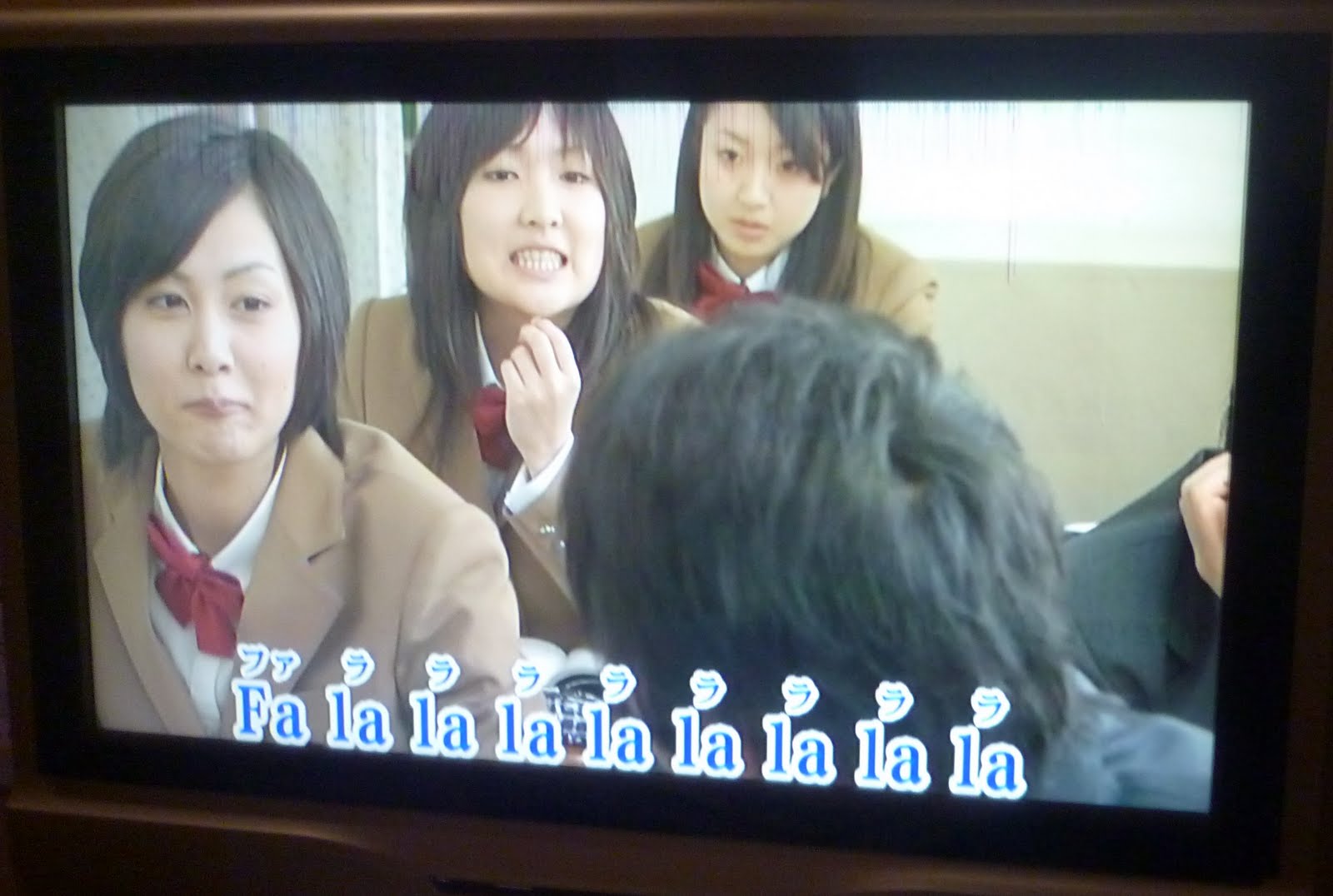

These new resources are instead being generated and shared by the Japanese language-learning community online. This isn’t because publishers and companies are making a push on pitch-accent training, however. In the past five years or so, there has been an increase in learners wanting to tackle pitch-accent and, with that, more study materials available to them. The reason? Many experts feel it’s unnecessary to concentrate on pitch-accent if your goal is to first understand the language and be understood. There are a number of books on pitch-accent training, but these are for native Japanese speakers and are inaccessible to those just starting out with the language. Still, many Japanese teachers do not emphasize pitch-accent training and major textbooks barely touch on the subject. It can be hard for some non-native Japanese speakers to make themselves understood if they have a very strong stress-accent when speaking. In Japanese, stressing syllables by changing the volume can sound strange, and changing the length of the vowel can potentially change the meaning of the word, such as with おじさん ( ojisan, uncle) and おじいさん ( ojiisan, grandad). Have friends at home ever pronounced カラオケ ( karaoke) as “ka-rii-OH-kee,” stressing the “o”? That’s thanks to stress-accent. This means the syllables are sounded by changing the volume or vowel length in part of the word. More on these later.Įnglish, on the other hand, is a stress-accent language. In fact, there are four pitch-accent patterns in Japanese: 頭高 ( atamadaka), which goes high-low 中高 ( nakadaka), which goes low-high-low 尾高 ( odaka), which goes low-high and 平板 ( heiban), which means flat. For example, あめ ( ame) can mean “rain” (雨) or “candy” (飴) depending on whether the pitch goes high-low (rain) or low-high (candy). Pitch-accent, known as 高低アクセント ( kōtei akusento) in Japanese, is the term used to describe when a language prominently sounds syllables or words by changing the pitch, rather than the volume.


 0 kommentar(er)
0 kommentar(er)
